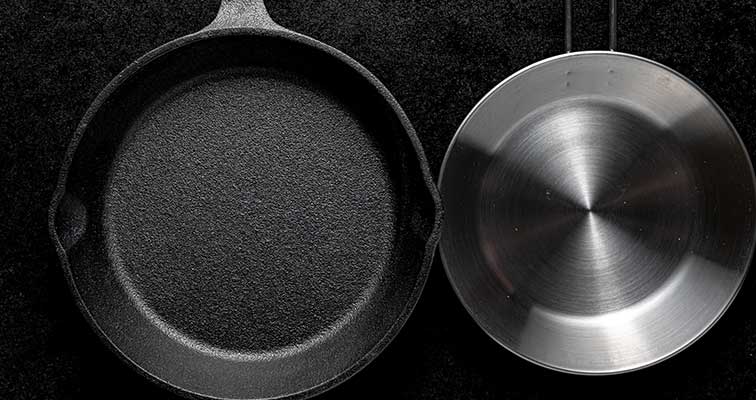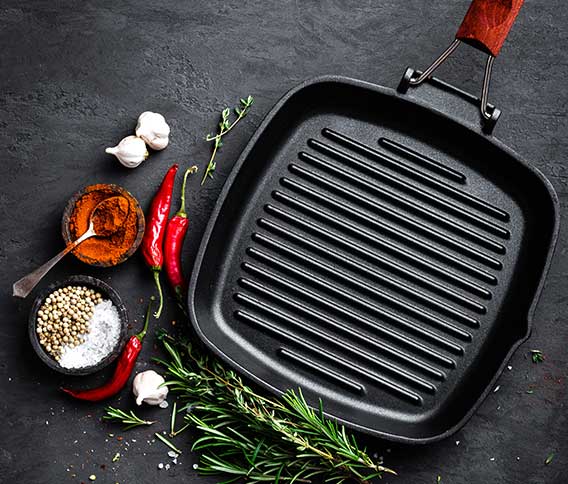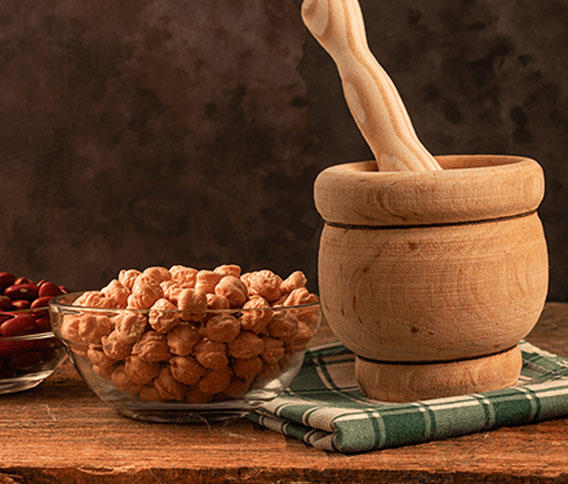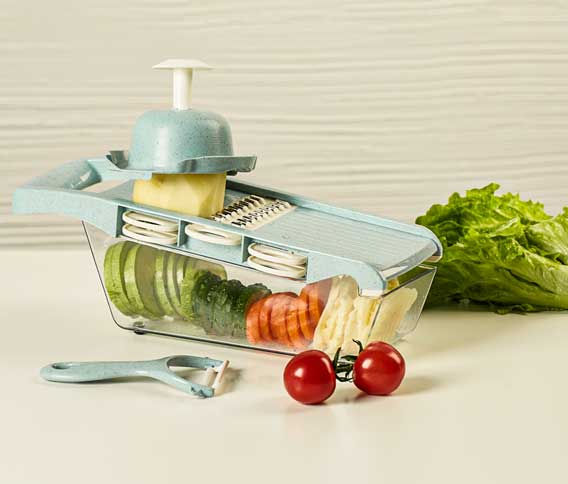
Food is not just about whipping up ingredients and stirring them until they reach a delicious state. Cooking is also about the pans, the woks, and other cooking paraphernalia used to prepare your food. We often go into buying our cooking utensils without giving the much-needed thought to the product material. This guide is aimed at educating you about the two different types of pans and their material and how they affect your everyday cooking as well as the flavour of your food.
The most commonly used cookware is made of cast iron, and most home cooks are familiar with it. Most kitchens have cast iron cookware because of its affordability, versatility, and longevity. They are great for making all kinds of food, from frying an egg to making a steak.
Carbon steel pans, however, are pretty unpopular amongst most cooking enthusiasts and are quite underrated, considering the world of benefits they offer. Let’s talk about these two pans and their ultimate kitchen and health benefits.
Unlike their iron, as most people may think, Cast irons aren’t made of pure iron. They are an alloy of carbon and iron, with a carbon content of 2 to 4%. The rough, bumpy texture of cast iron cookware is due to the carbon content in the alloy.
Carbon Steel PansMuch like Cast Iron, Carbon steel is also an alloy of iron and carbon, but with a lesser percentage of carbon in it. It has a matte finish and a hard-to-break surface and is significantly pricier than Cast iron.
The UseAs you may have guessed already, cast iron and carbon steel are both the materials used to manufacture frying pans. Both are used for cooking food on high flames and get seasoned over time. Both are an ideal choice for frying foods but come with varying benefits.
The BenefitCooking with Carbon steel pans is much more advantageous over cast iron, owing to its receptivity to heat. They heat up very quickly and much more evenly than cast iron. You can sear a steak or fry a fish in carbon steel pans without worrying about sticking or overcooking. What makes them better than cast iron is that they are perfect for cooking eggs or any other food prone to sticking. They offer a smoother surface, and if you season them perfectly, you can pretty much make anything in them.
Cast Iron may lack the smoothness and non-sticky qualities that Carbon steel naturally has, but they are more durable, versatile, and affordable. Use them on a grill, under a broiler, or over the stovetop for searing a steak or roasting a chicken.
The PitfallCast Iron and Carbon Steel both offer a multitude of cooking qualities, but they also come packed with some disadvantages. Cast Iron pans are never the right choice for making eggs or omelettes because of their brittle, rough, patchy surface. Carbon Steel pans are expensive to buy and are more prone to rusting than cast iron pans, which makes caring for them much more complicated than cast iron.
The VerdictWhile both types of pans are an excellent choice for making food, Cast iron pans are decidedly the better pans, owing to their affordability, versatility, and ability to be seasoned over time. If you want a pan that heats up quickly, doesn’t rust too easily, can be used to make a variety of food, and is not too heavy on your pocket, Cast iron pans are the way to go.


